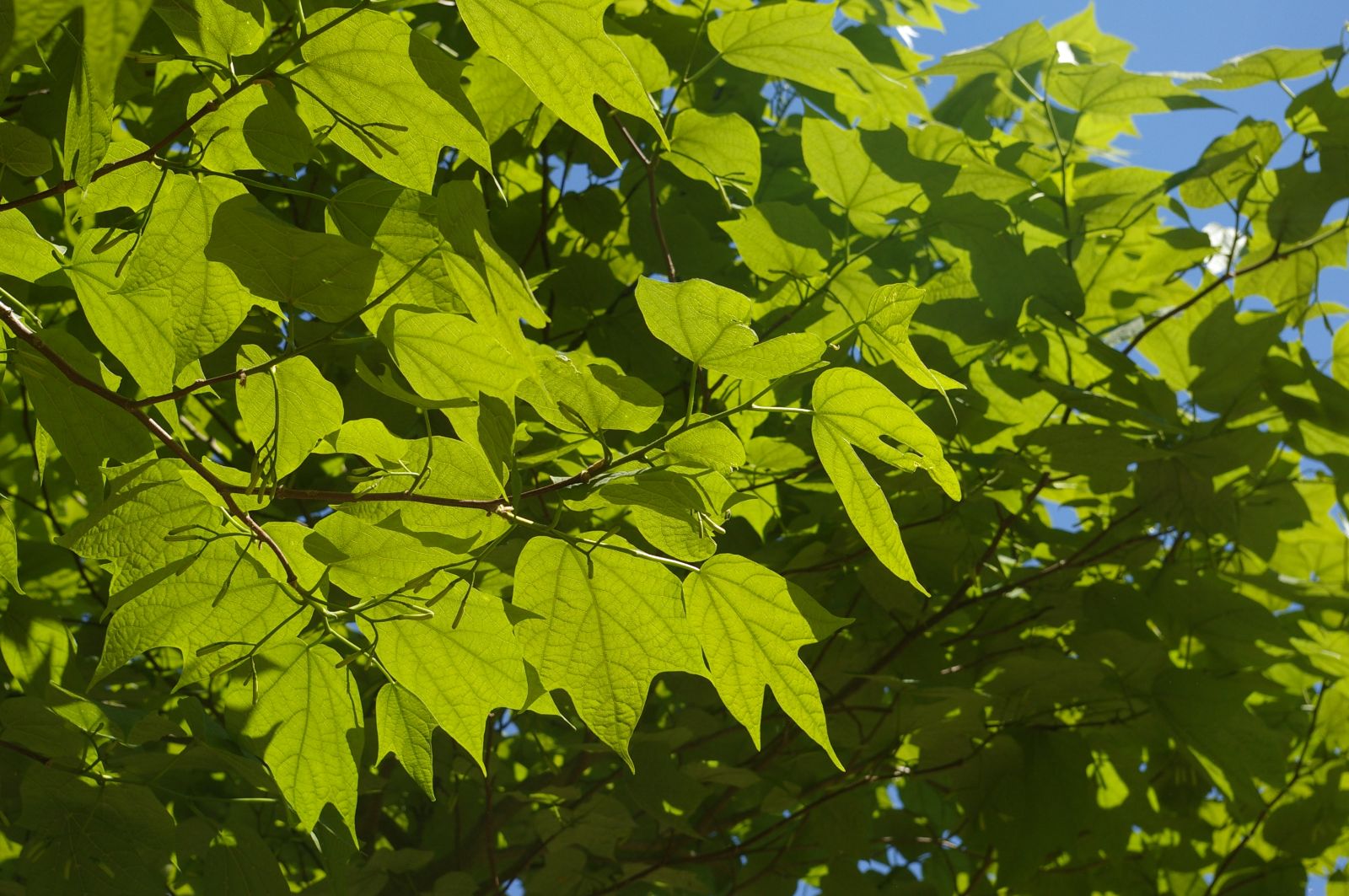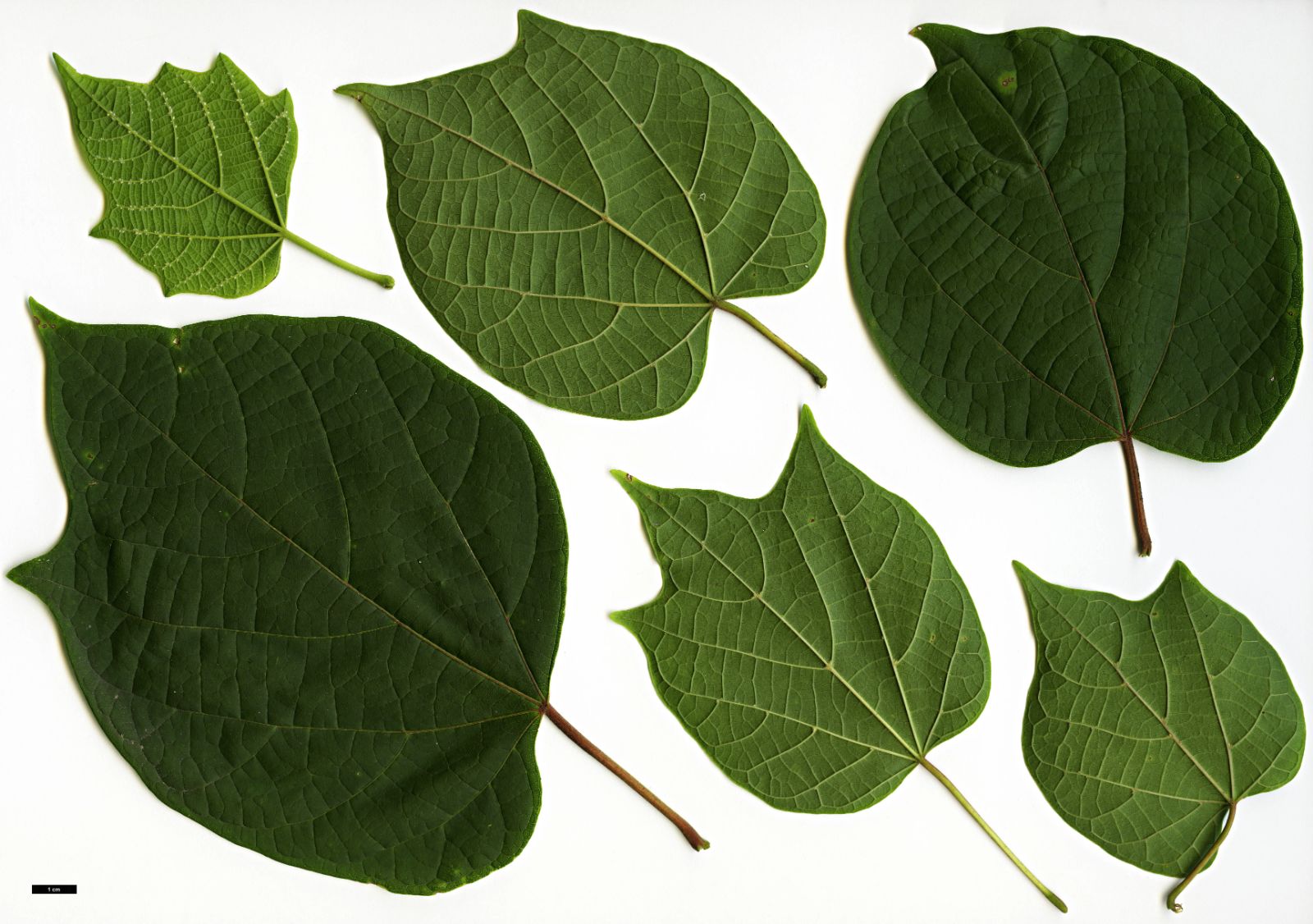Alangium
Credits
Article from Bean's Trees and Shrubs Hardy in the British Isles
Article from New Trees by John Grimshaw & Ross Bayton
Recommended citation
'Alangium' from the website Trees and Shrubs Online (treesandshrubsonline.
Family
- Cornaceae (formerly Alangiaceae)
Alangium comprises 26 species, ranging from tropical Africa to the southwest Pacific (Govaerts 2000b). Until recently the genus was generally placed in its own family, Alangi aceae, but molecular studies have indicated a closer relationship with Cornaceae, and the two have now been merged (APG 2003). Alangium species are typically trees or rarely shrubs or woody climbers; the habit can vary within a species. The stems are unarmed and grow horizontally or are pendulous. The leaves are evergreen or deciduous, alternate and simple or lobed. Stipules are absent and the petiole is often articulated at the base and apex. Alangium is monoecious; inflorescences are axillary and corymbose, with all branches ending in flowers; the inflorescence may be sessile or pedunculate. The flowers are hermaphrodite, with floral parts in whorls of 4–10. The fruit is a drupe with a fleshy or spongy mesocarp and a hard endocarp containing one to two seeds (Bloembergen 1939).
Alangium platanifolium, stated by Bean (1976a) to be rather tender, is now quite widely grown in collections throughout our area, usually forming a small shrubby tree with deciduous, plane-like pale green leaves. Plants labelled A. platanifolium ‘Macrophyllum’ are grown in western North America – presumably the var. macrophyllum mentioned by Krüssmann. The leaves of these plants are perhaps slightly larger than average for the species and should be less deeply lobed (Krüssmann 1984).
Bean’s Trees and Shrubs
Alangium
Alangium, with about twenty species, mostly in the warmer parts of the Old World, is the only member of the family to which it gives its name. The position of this family among the flowering plants is a disputed question, but it appears to be most closely allied to Cornaceae and Nyssaceae.


